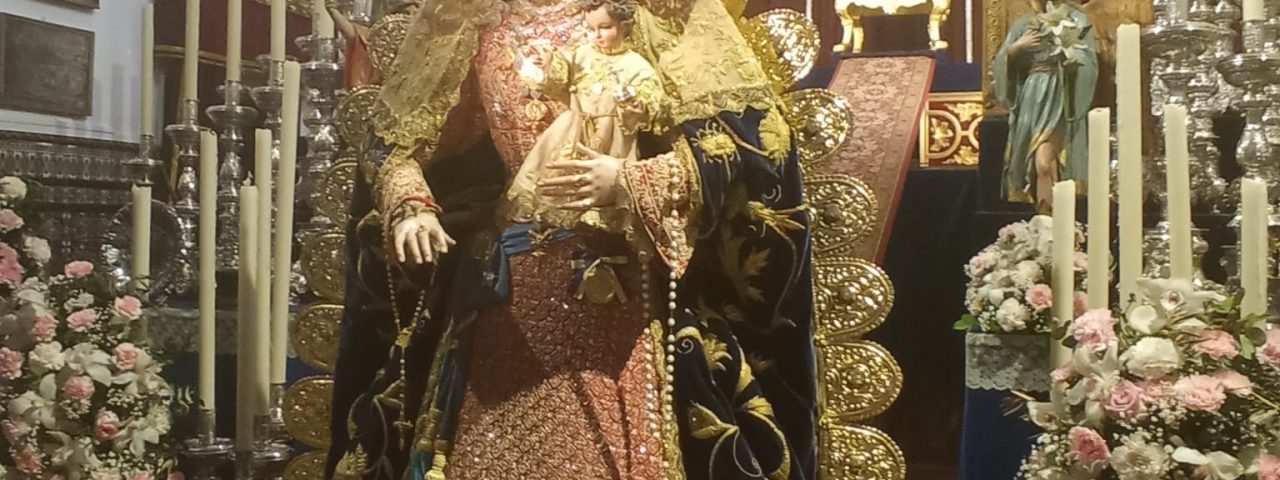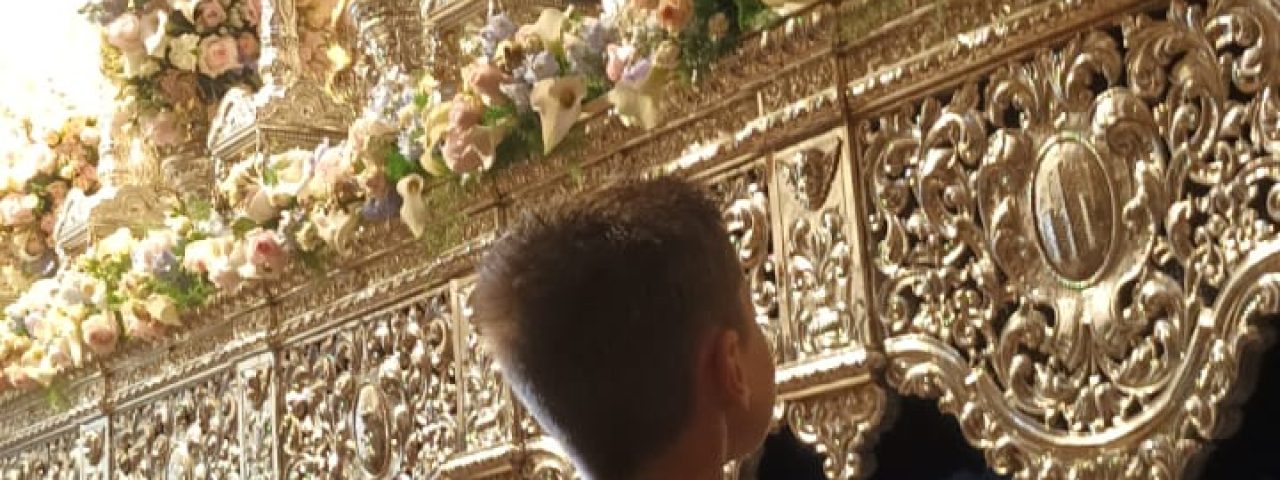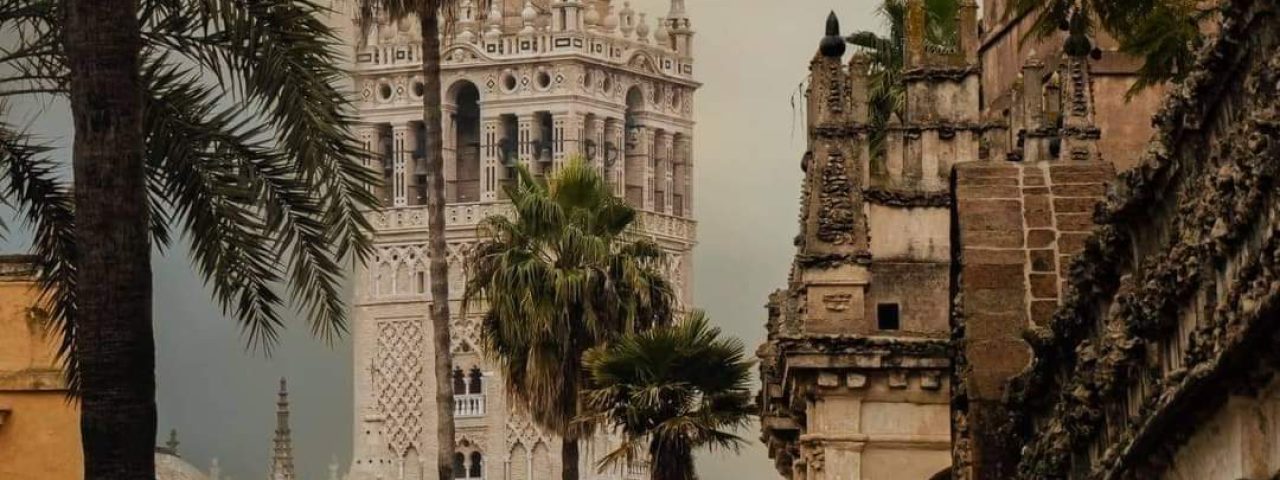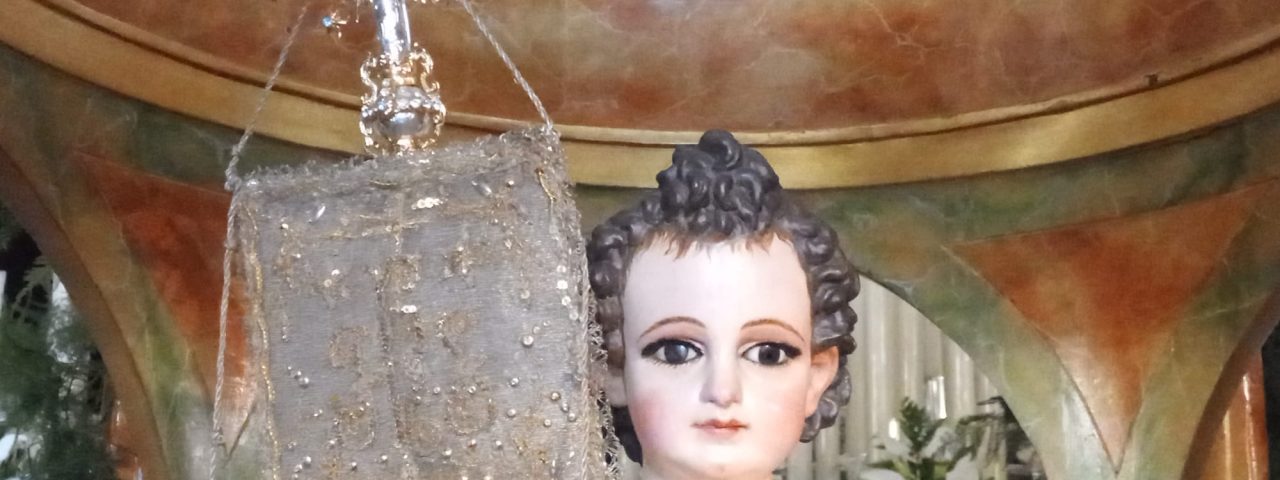Pilas has a rich history that dates back to Roman times, with archaeological finds indicating early settlements in the region. During the Moorish occupation of Andalusia, Pilas thrived as a small but important agricultural hub, benefiting from the advanced irrigation systems introduced by the Moors. Following the Christian Reconquista in the 13th century, the town became part of the Kingdom of Castile and saw the construction of several churches and estates that still stand today.
The town is known for its vibrant cultural traditions, particularly its festivals. One of the most important events is the Romería de Nuestra Señora de la Virgen de los Reyes, a local pilgrimage celebrated with great fervor, where residents and visitors come together to honor the town’s patron saint. The Semana Santa (Holy Week) celebrations are also notable, with elaborate processions and religious ceremonies that are typical of Andalusian towns.
Pilas is home to several historical landmarks, including the Iglesia de Santa María la Mayor, a church with Gothic and Mudejar architectural elements, and various historic estates that showcase the town’s agricultural past. These cultural elements make Pilas a wonderful destination for visitors interested in exploring Andalusian heritage.



